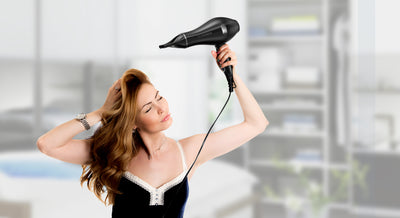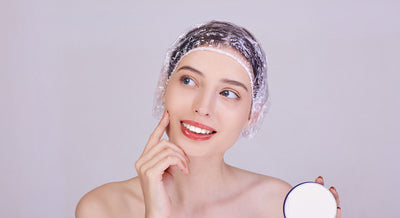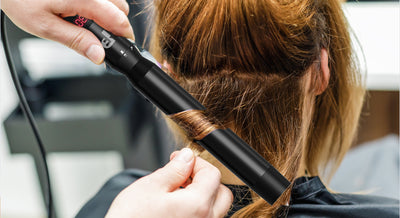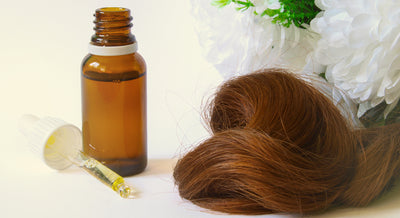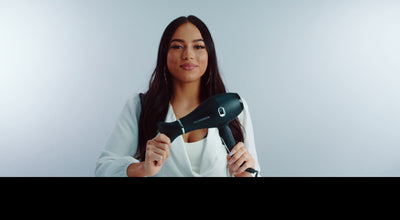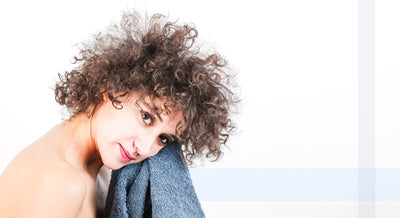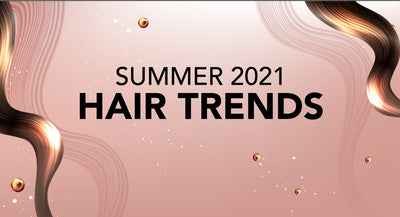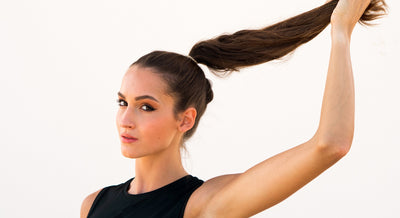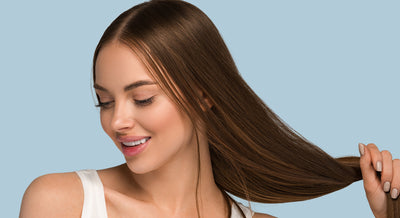Over the past two years, most of us have spent more time at our homes than any other point in our lives. For many, his time alone has led to a great deal of change and introspection, leading to dramatic life changes or wholesale lifestyle adjustments.
With the loss of so many things that we took for granted, we were all forced to adapt and adjust.
Being the resourceful creatures we are, this adjustment allowed for us to uncover new parts of ourselves that we would have never recognized under normal circumstances. For example, without the luxury of our favorite restaurants or bakeries to turn to, how many of us discovered how much we love to cook and bake? Or what about all those who spent their free time learning activities like yoga or meditation, or who became much more dedicated to their workout routines or diets after losing access to gyms and fitness studios?
While it may seem limiting and restricting to have options taken away for us, many times this loss can inspire us to uncover new and exciting things that would have otherwise never been possible!
In the hair care world, the past year and a half saw a phenomenon of many embracing their natural hair. Without access to their stylists or salons for an extended period, many of us were forced to live with our natural hair, allowing it to grow longer than before and in its natural color. While this may have seemed scary at first, this allowed many of us to fall back in love with our natural hair, and a movement was born.
If you want to jump on the natural hair bandwagon, it’s never too late! Follow our guide below for some useful tips and strategies for navigating a tricky yet rewarding hair care transformation!
Tip #1: The Big Chop
No guide to a natural hair transition would be complete without discussing “the Big Chop”. As can be deduced from the name, this basically entails cutting your hair as short as you feel comfortable with, starting from scratch and letting your natural, healthy hair grow out on its own. This can certainly be daunting for some, and many of us aren’t ready to suddenly adopt a shorter hairstyle. The benefits, however, include a cathartic feeling of starting anew, with the drastic chop of hair feeling like a symbolic “rebirth”, so to speak. Cutting the hair off completely is also an efficient way to completely start over, as it is the most low-maintenance way to make the transition.
Tip #2: Regular Trimming
If you aren’t taking the Big Chop route, you’ll still need to get your hair regularly trimmed. At least once a month, make sure to get your ends trimmed in order to smoothen the transition process while removing any split ends or damaged portions of hair. How much you want to trim is up to you, but at the very least trim about a quarter of an inch, as that is approximately how much your hair grows each month.
Tip #3: Condition, Condition, and Condition
As your hair transitions into its natural state, your number one goal during this period is to boost the health of your hair as much as possible. As you remove heat styling and chemical processing treatments from your hair routine, you’ll want to strengthen the hair structure and ensure proper hair growth. To do this, the first step is to ensure proper moisture and hydration in your hair. Hair requires moisture and hydration in order to maintain structure and elasticity, and this moisture and hydration can only be maintained properly with a healthy cuticle layer. Heat styling and chemical treatments can severely damage the outer cuticle layer, so it’s of the utmost importance to actively infuse the hair with moisture while sealing the cuticle. Use a rich, thick conditioner whenever you wash your hair, and make sure to use a leave-in conditioner at least once a week. To go a step further, apply a rich hydration mask to your hair on a weekly basis to overload your hair with as much moisture as possible!
Tip #4: Step Away from the Heat Tools
It should go without saying, but you absolutely want to avoid any kind of heat styling while in the transition period. Even the gentlest heat styling tool can exacerbate damage for fragile, dehydrated hair, and you won’t be able to progress in your transition period if you continue to apply aggressive heat. Instead of using a blow-dryer, use one of the many natural drying methods, such as air-drying, towel-drying, or wrapping in a hair turban.
Tip #5: Embrace Braids and Ponytails
Without the luxury of heated styling tools, you may be at a loss for how to properly style your hair. During this period, your hair is likely to be more difficult to manage, and you still will want to make your hair look presentable! The answer is to adopt a braid hairstyle, such as French braids or a top bun, or try a ponytail, whether on the side of your head or a high and back ponytail. Not only are these styles easy and low maintenance, but they also help to contain your hair’s natural texture and curls while you learn to work with it.
Tip #6: Gentle Detangling
We won’t sugarcoat it: your hair is likely going to be a tangled, frustrating mess during this period. While your first impulse may be to take a brush and untangle with all your force and might, that is only going to cause breakage and further damage. Instead, invest in a quality wide-tooth comb that can properly separate and detangle thick, textured hair without snagging or breaking. When used on a frequent basis, you’ll notice your hair become much more manageable and easier to style, and you’ll help facilitate proper hair growth during this awkward period.


